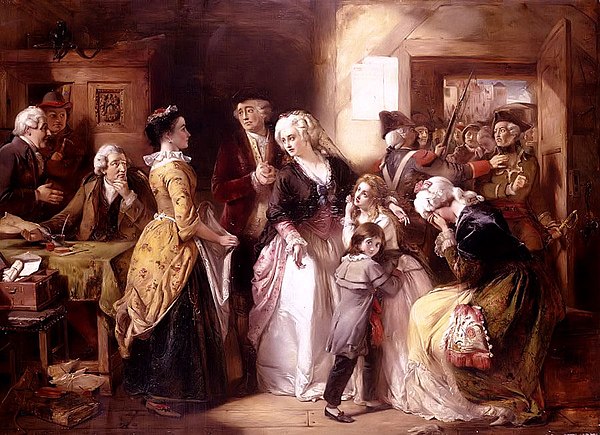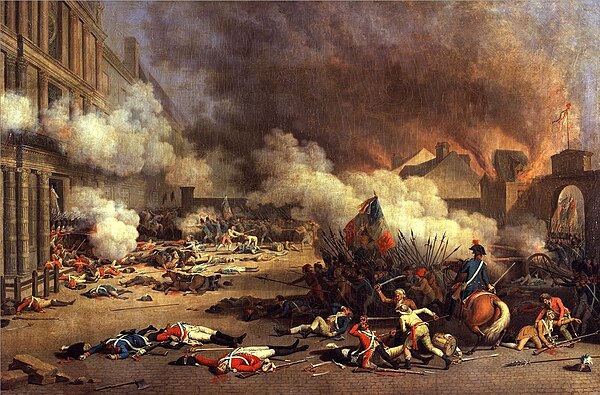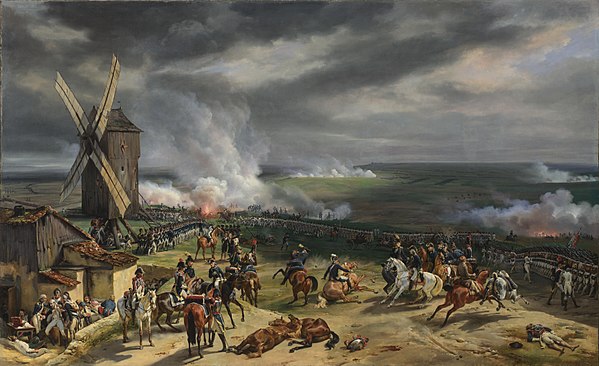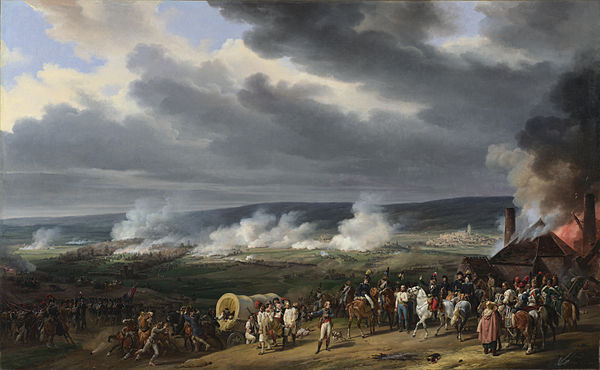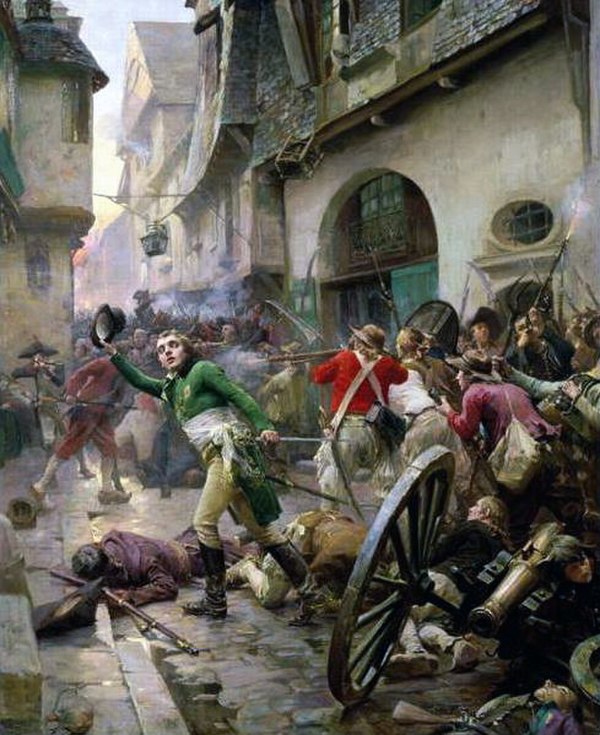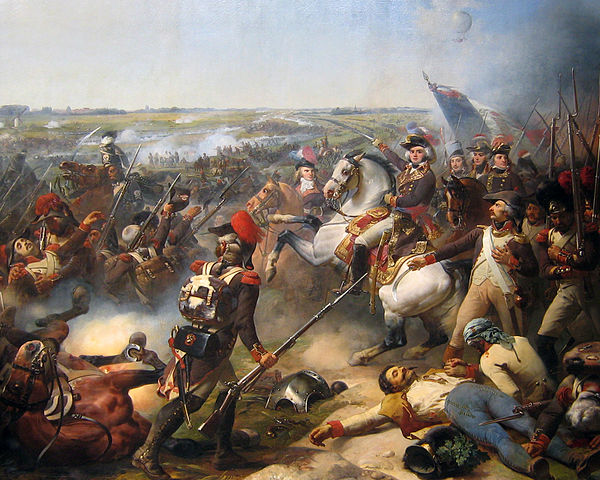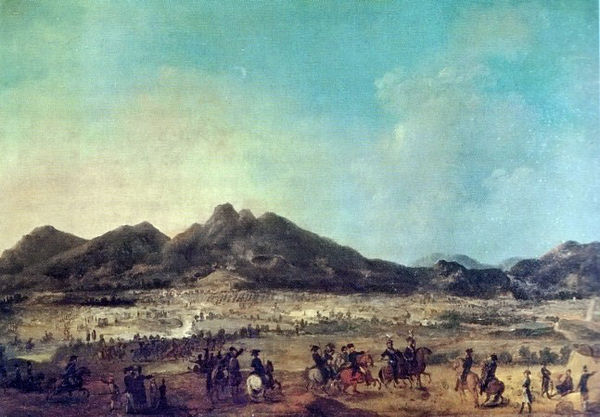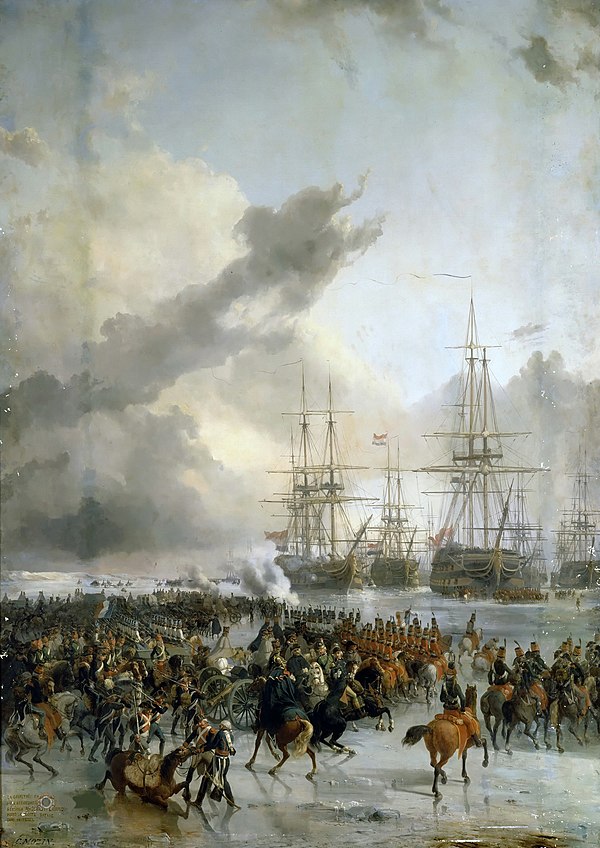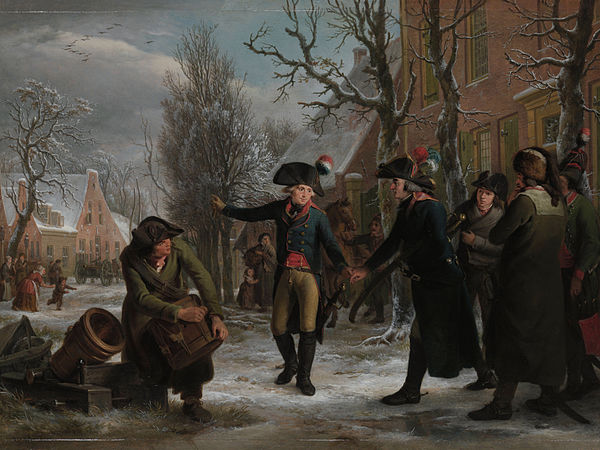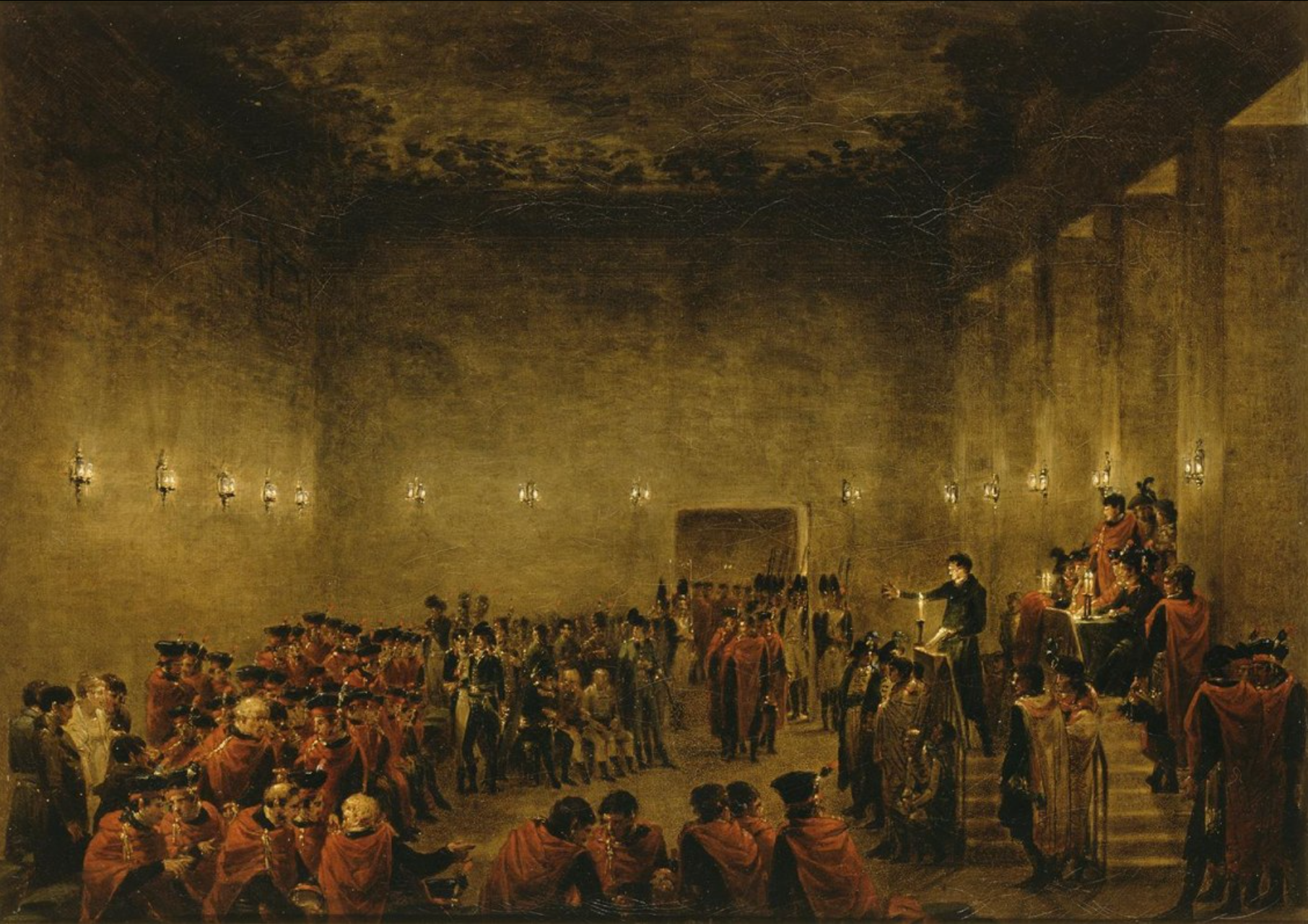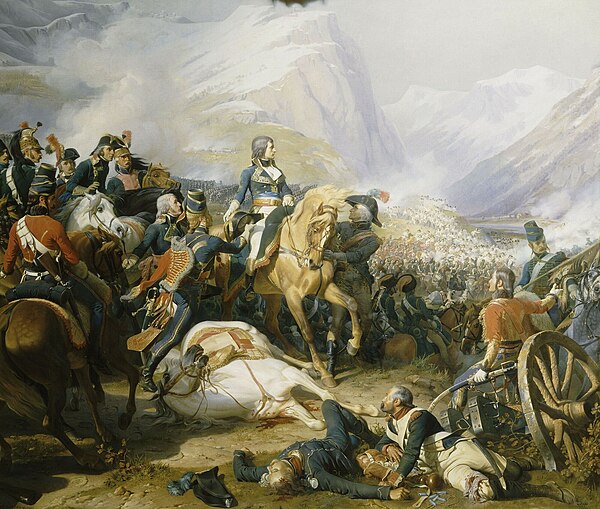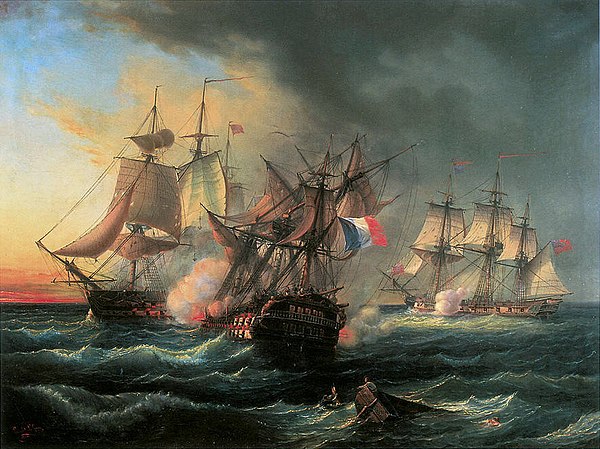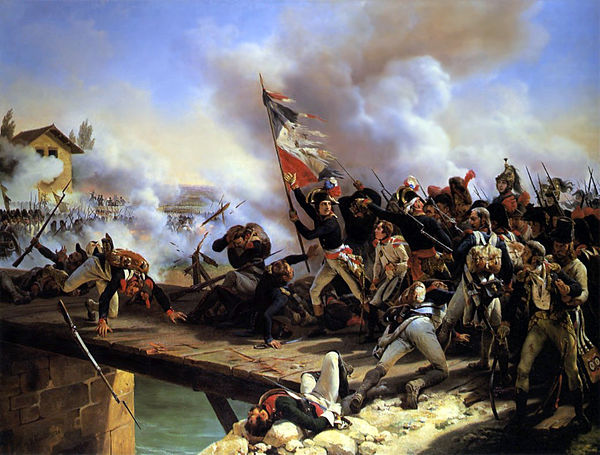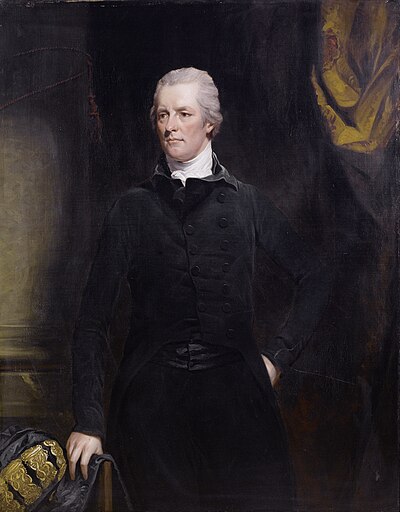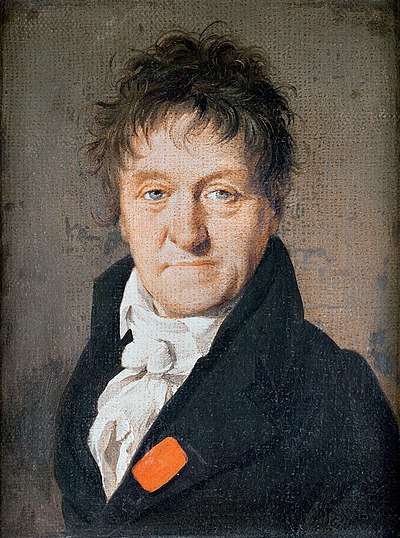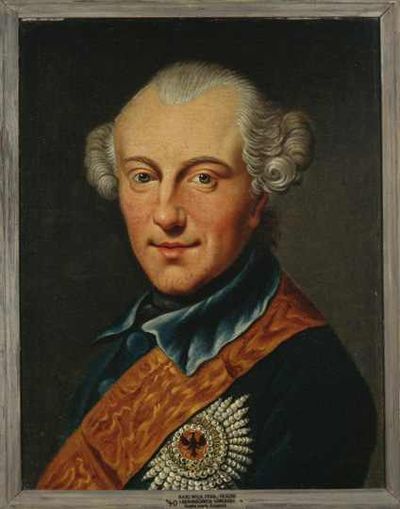Throughout the winter of 1792 and spring of 1793, Paris was plagued by food riots and mass hunger. The new Convention did little to remedy the problem until late spring of 1793, occupied instead with matters of war. Finally, on 6 April 1793, the Convention created the Committee of Public Safety, and was given a monumental task: "To deal with the radical movements of the Enragés, food shortages and riots, the revolt in the Vendée and in Brittany, recent defeats of its armies, and the desertion of its commanding general." Most notably, the Committee of Public Safety instated a policy of terror, and the guillotine began to fall on perceived enemies of the republic at an ever-increasing rate, beginning the period known today as the Reign of Terror. There was a sense of emergency among leading politicians in France in the summer of 1793 between the widespread civil war and counter-revolution. Bertrand Barère exclaimed on 5 September 1793 in the convention: "Let's make terror the order of the day!" This quote has frequently been interpreted as the beginning of a supposed "system of Terror", an interpretation no longer retained by historians today. By then, 16,594 official death sentences had been dispensed throughout France since June 1793, of which 2,639 were in Paris alone; and an additional 10,000 died in prison, without trial, or under both of these circumstances. Claiming at 20,000 lives, the Terror saved the Revolution.

